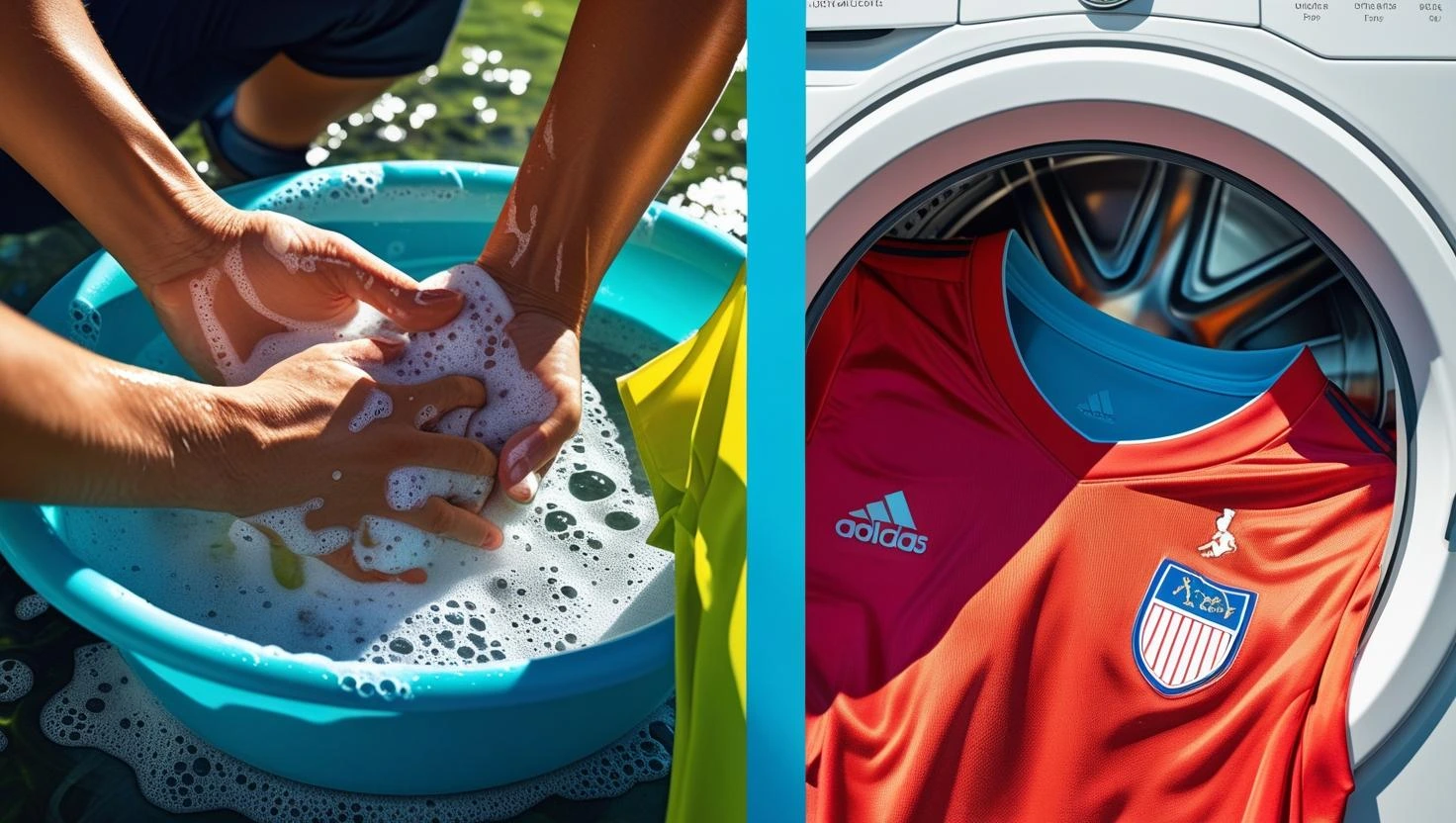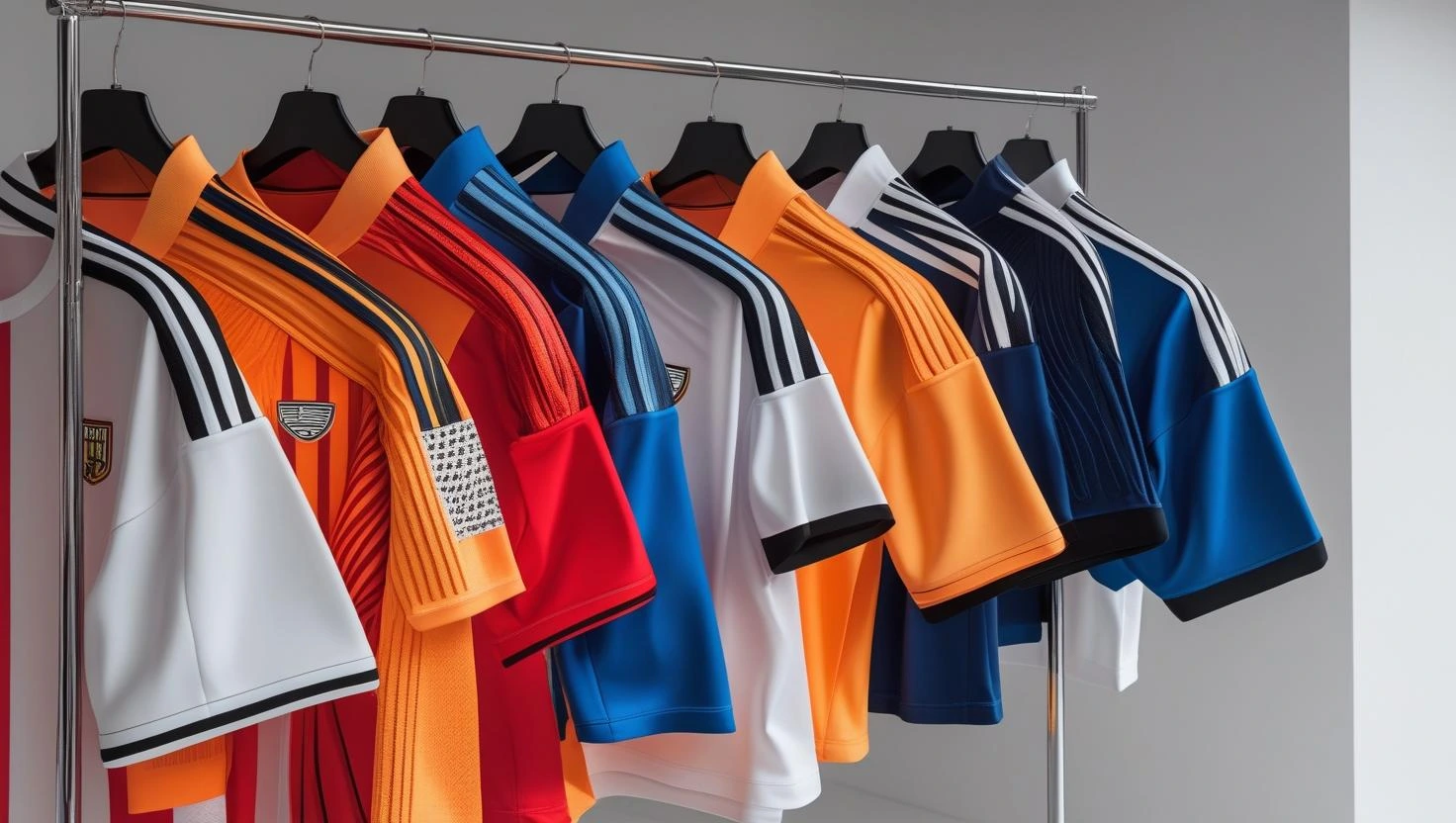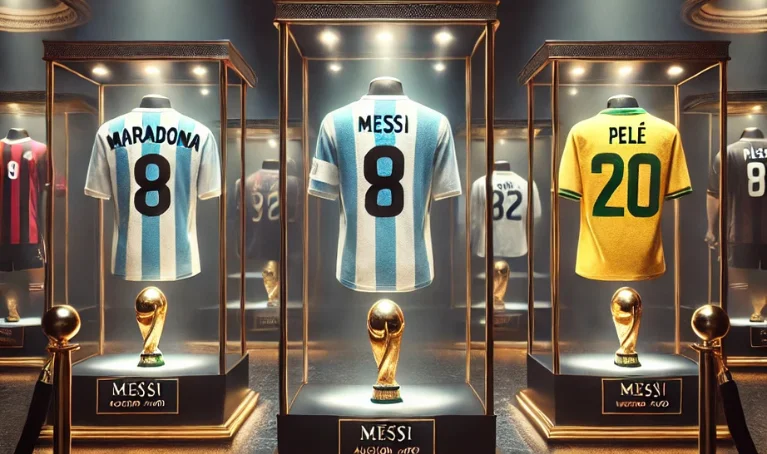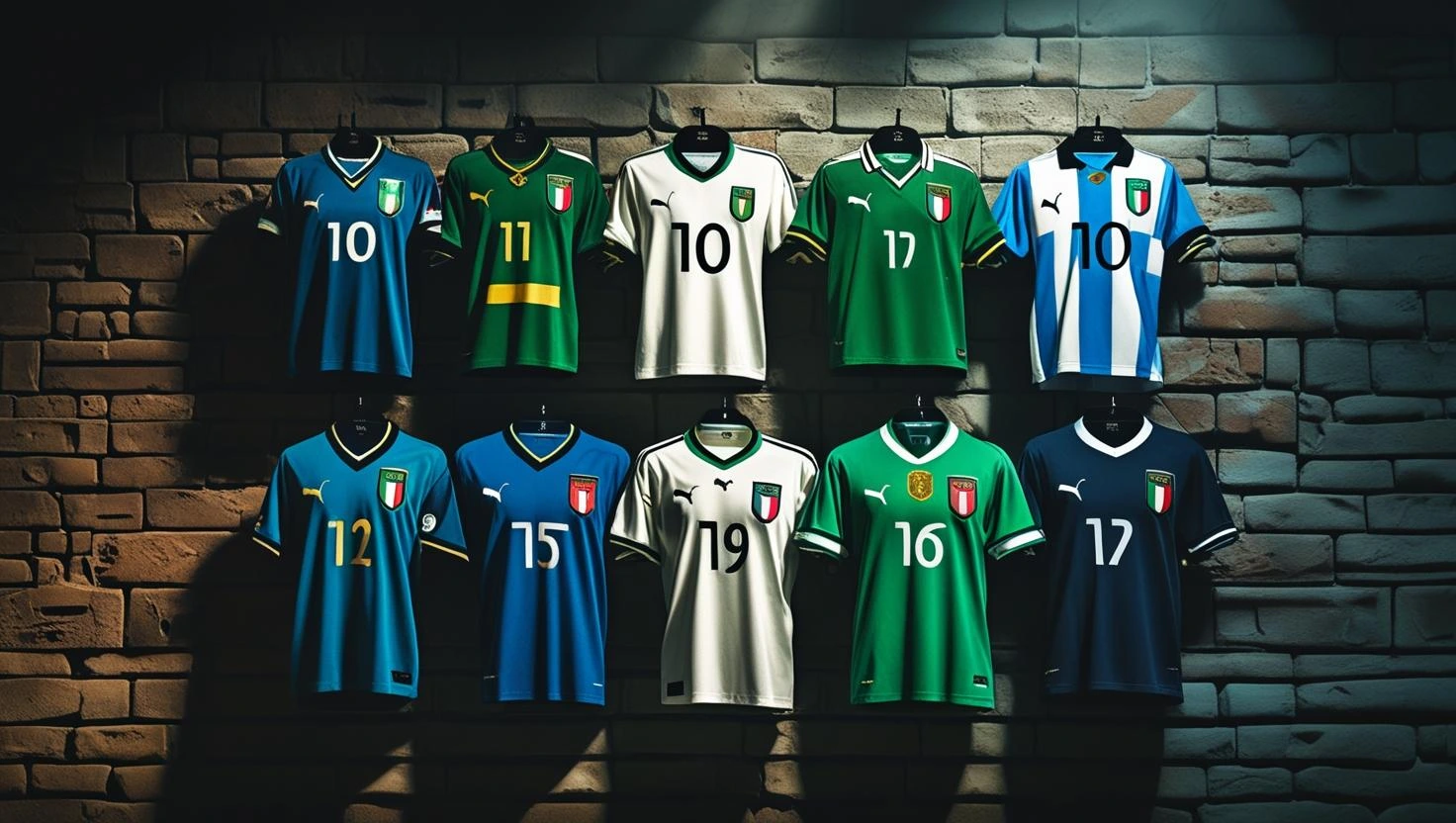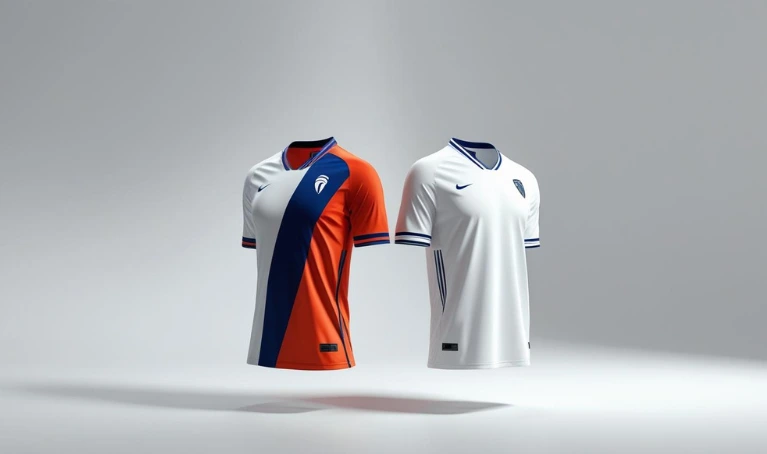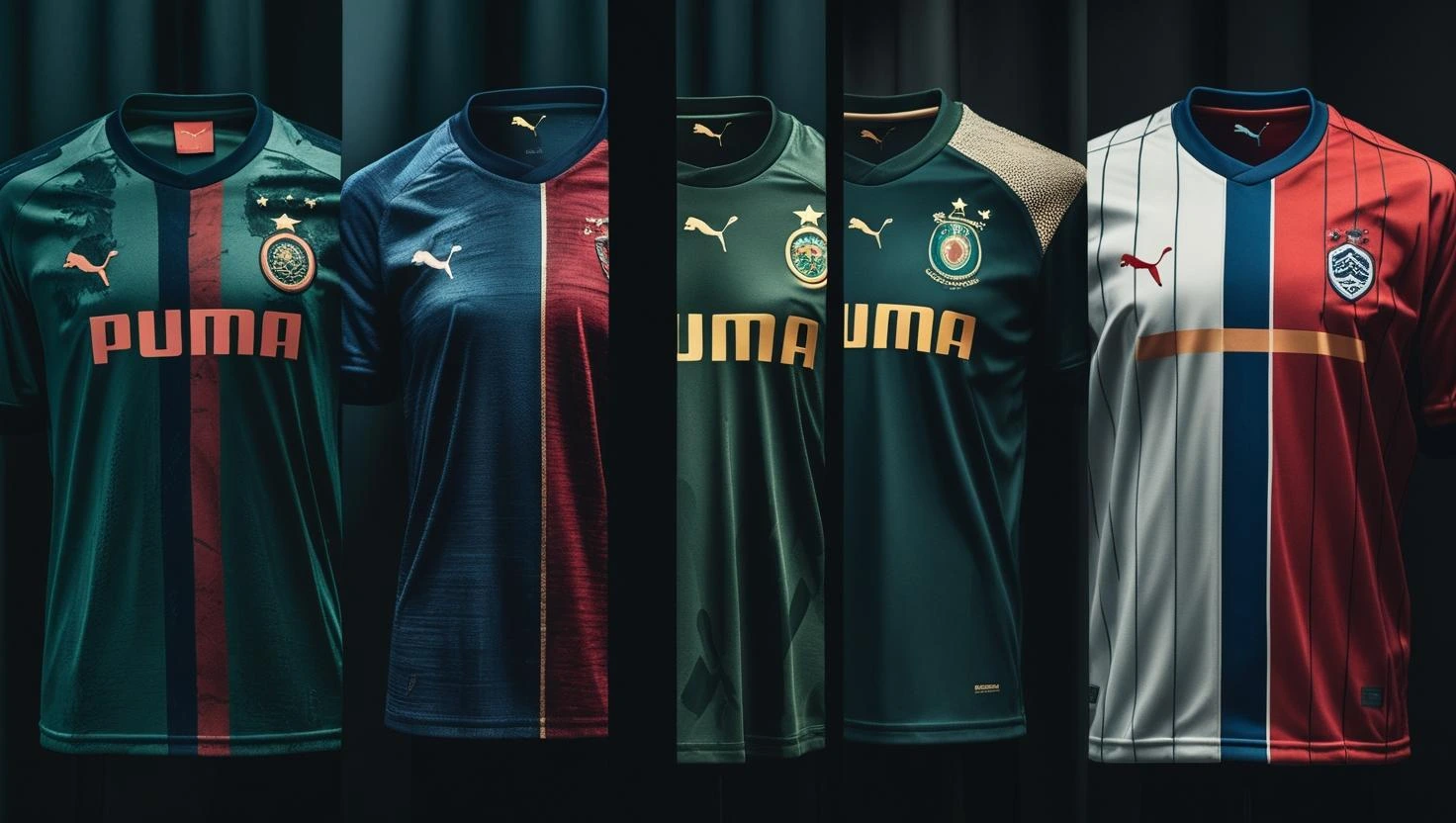
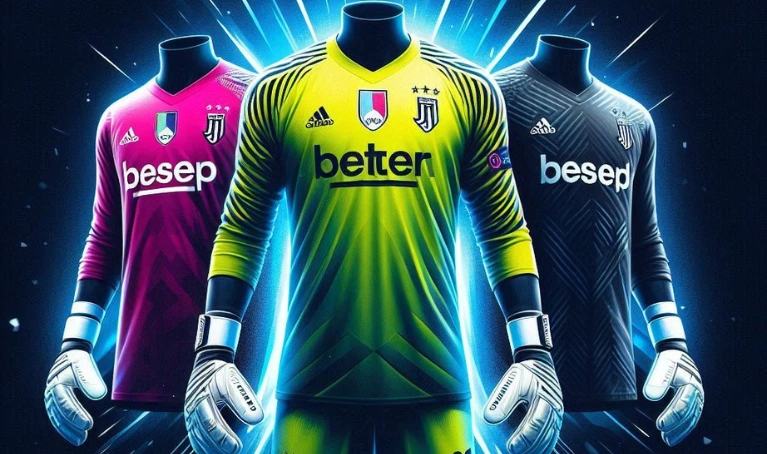
12 Best Goalkeeper Kits of All Time | Goalkeeper Kits History
Goalkeeper kits have always stood out in football. They’re not just uniforms—they’re statements. Unlike outfield players who wear similar colors, goalkeepers have the freedom to go wild with design. Over the years, some kits became legendary for their color, creativity, or the stories behind them. From Jorge Campos’s wild 1990s looks to Iker Casillas’s World Cup-winning style, every great keeper had a kit that became part of their identity. This guide highlights the goalkeeper kits of all time that fans still talk about today—and where you can still find some of them.
Table of Contents
Toggle12 Best Goalkeeper Kits of All Time
1. Mexico 1994 – A Kit Like No Other (Umbro)

The Mexico 1994 goalkeeper kit, designed and worn by Jorge Campos, is one of the most unforgettable kits ever seen. Bright neon pink, purple, green, and yellow collided in a chaotic but exciting design that screamed confidence. Campos, known for his flair both on and off the pitch, actually designed many of his own shirts. This kit didn’t follow any rules and that’s exactly why fans loved it. It became more than a kit—it became a symbol of 90s football culture and creative freedom in sports fashion.
Also Read: Why retro football shirts are worth it?
2. The Mexican Maverick – 1994 World Cup
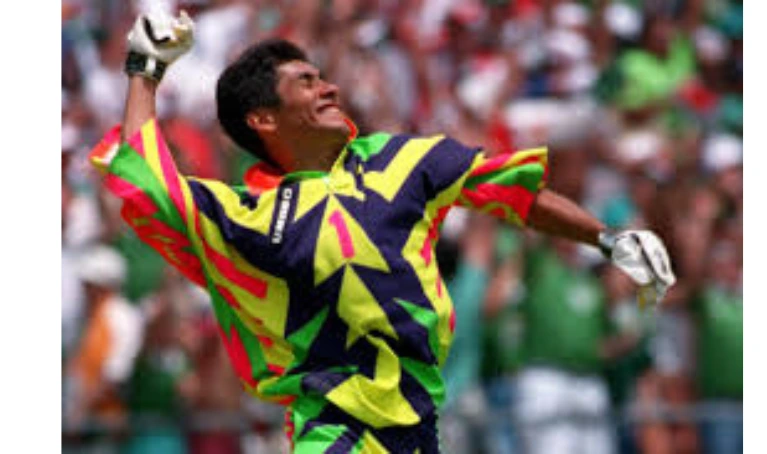
Jorge Campos didn’t just wear one kit in 1994—he had multiple, each more outrageous than the last. These shirts had wild shapes, neon splashes, and no symmetry, yet they somehow worked. Campos made his entire look a spectacle. Each game felt like a runway, and fans waited to see what he’d wear next. His goalkeeper kits became a big part of his brand and are now some of the most sought-after retro kits on the market. They changed the way fans saw goalkeeper fashion forever.
3. Japan 1998 – Purple Flames by Asics

In the 1998 World Cup, Japan’s goalkeeper shirt made waves for its daring design. Black with dramatic purple flames rising from the bottom, this kit looked like it belonged in a comic book. The bold use of color and contrast gave Japan a modern, eye-catching style during their first ever World Cup appearance. It reflected the energy and pride of a team stepping onto the world stage for the first time. Today, it’s considered a classic among collectors and vintage kit lovers alike.
4. Euro 1996 – England’s Safe Hands in Style

David Seaman‘s goalkeeper kit at Euro 1996 was both functional and striking. With a grey base and hypnotic, wave-like patterns, Umbro delivered a bold design that matched England’s strong campaign that summer. The shirt earned its place among the most memorable England football jerseys of all time, thanks to Seaman’s crucial saves, especially in penalty shootouts. It wasn’t just his performance, but the standout design that left a lasting impression. This kit showed that English football could be both stylish and impactful on the biggest stage.
5. Denmark 1992 – Hummel’s Geometric Genius

When Denmark shocked everyone by winning Euro 1992, they did so in style—especially their goalkeeper. The Hummel shirt featured red, white, and bold geometric shapes that made it instantly recognizable. It didn’t just look cool; it was symbolic of a team that defied all odds. The kit became part of Denmark’s legendary underdog story. Today, it stands as one of the finest examples of early 90s football design and is a favorite among vintage football shirt collectors.
Helpful for you: Most Expensive Football Shirts Ever Sold
6. Italy 1982 – Simple, Cool, and Champion-Made (Le Coq Sportif)

Italy’s 1982 World Cup-winning goalkeeper kit was the opposite of loud. Worn by Dino Zoff, the shirt was a clean blue with minimal design—just the classic Italian badge and sponsor logo. But that simplicity carried power. It was a kit that let the game speak for itself. Zoff’s calm and commanding presence matched the shirt perfectly. While other kits dazzled with graphics, this one became iconic through the success and dignity of the man who wore it.
7. Spain 2010 – Casillas and the Gold Era

Iker Casillas wore a sleek black and yellow kit as he lifted the 2010 World Cup trophy for Spain. Designed for performance and clean looks, the kit matched the tactical brilliance and unity of that Spanish team. It was modern, sharp, and professional—just like Casillas himself. This kit captured the moment when Spain ruled world football. Many fans still associate this clean design with one of the most dominant international teams of all time.
You May Also Like: Most Popular Legend Football Shirts of All Time
8. Brazil 1990 – Topper’s Traditional Masterpiece

In the early 90s, Brazil’s goalkeeper kit made by Topper followed a more traditional path. With deep green as the main color and yellow accents, it was loud in the Brazilian way—proud and vibrant. Though not as wild as other 90s kits, it stood out for its national pride and clean aesthetic. The kit remains a nostalgic favorite, representing a time when Brazil’s football shirts were as bold as their players’ flair.
9. Croatia 1998 – A Subtle Masterpiece

Croatia’s 1998 World Cup run was full of surprises, and their goalkeeper kit took a very different approach. Unlike the famous checkered outfield shirt, this kit stayed understated. Often a dark or grey shade with minimal detail, it allowed the team’s performance to shine through. But this balance made it timeless. Subtlety can be powerful, and this kit remains a quiet fan favorite, especially for those who remember Croatia’s amazing semifinal journey.
10. Argentina 1990 – Goycochea’s Grey Armor

Argentina’s goalkeeper Sergio Goycochea wore a grey, armor-like kit during the 1990 World Cup. It wasn’t flashy, but it had presence. Goycochea became a national hero for his penalty shootout saves, and this shirt came to symbolize his fearless performances. The structured design gave him an almost robotic look, which matched the intense, grind-it-out style of Argentina’s campaign. The kit has since earned its place among the greats for what it represented: grit, nerves, and glory.
11. South Korea 1994 – Chaos Meets Color

South Korea’s 1994 goalkeeper kit was pure 90s energy. The shirt exploded with bright red and yellow strokes that looked like lightning across the fabric. It was chaotic, loud, and impossible to miss. The kit fit the era perfectly—where boldness in design matched boldness on the field. Though South Korea didn’t go far in the tournament, the kit stayed in fans’ minds and is now a retro piece that collectors love for its wild creativity.
12. Real Madrid – The Short-Sleeved Surprise

Real Madrid broke the mold with a short-sleeved goalkeeper kit in an era when long sleeves were the norm. Worn in the late 90s and early 2000s, the kit was sleek and pure white—true to the club’s identity. Its simplicity made it elegant, and the short sleeves added a sense of modern confidence. It felt like a natural part of Real Madrid’s classy brand, and goalkeepers like Iker Casillas made it iconic with consistent performances and trophies.
Where to Buy Goalkeeper Kits in India
SS E-Commerce is the go-to store for retro football jerseys in India. They offer a wide collection of classic football kits from iconic clubs and national teams, perfect for fans who love vintage football style. Known for quality and authenticity, SS E-Commerce ensures every jersey reflects the original design, making it a top choice for collectors and enthusiasts across the country.
Conclusion
Goalkeeper kits have always been more than just functional uniforms. They’re creative, emotional, and often legendary. From the daring patterns of Campos to the cool confidence of Casillas, these kits reflect the personalities of the keepers who wore them. Each one tells a story. They show us how style and performance can work together on the world stage. If you’re a collector, a football lover, or just someone who values great design, these kits are worth celebrating—and even owning.
FAQs
What were the earliest goalkeeper kits like in professional football?
Early goalkeeper kits were very plain. They often used solid colors like green or grey and looked similar to outfield shirts. The only difference was usually the color.
When did goalkeeper kits start differing from outfield players’ kits?
This change started in the 1930s when rules required keepers to wear a unique color. This helped referees, players, and fans quickly tell them apart during matches.
What are the most memorable goalkeeper kits in World Cup history?
Some of the most famous ones include Campos’s Mexico 1994 kits, Seaman’s Euro 96 look, and Japan’s 1998 flame kit. Each became iconic for its boldness or success.
Why do some goalkeeper kits feature bold or flashy colors?
Bright kits can distract strikers and also let goalkeepers express their personality. In some cases, they help the keeper stand out more in crowded areas during corners.
How do modern goalkeeper kits differ in material from older ones?
Modern kits use fabrics that are lighter, stretchier, and wick away sweat better. Old kits were heavier and often became uncomfortable in wet or hot conditions.
Which clubs have had the most consistent goalkeeper kit design over the years?
Clubs like Real Madrid, AC Milan, and Juventus have kept classic, clean styles over the years. These clubs often prefer tradition over trends in design.
Are there retro goalkeeper kits that have become collector’s items?
Yes. Kits from the 80s and 90s—especially from Campos, Seaman, and Zoff—are now rare and valuable. Many fans buy them for nostalgia or display purposes.
What innovations have been introduced in goalkeeper kit technology?
Recent improvements include moisture control, padding built into the fabric, and designs that allow better range of motion. Some also use anti-slip zones on the sleeves.
What are the most colorful goalkeeper kits in football history?
Campos’s designs lead the way, followed by Japan 1998 and South Korea 1994. These kits are remembered more for their design than even the matches they were worn in.
How do manufacturers test goalkeeper kits for durability and flexibility?
Manufacturers test them by simulating dives, pulls, and stretching. They also do abrasion tests to check how well the kit holds up in real match conditions.

